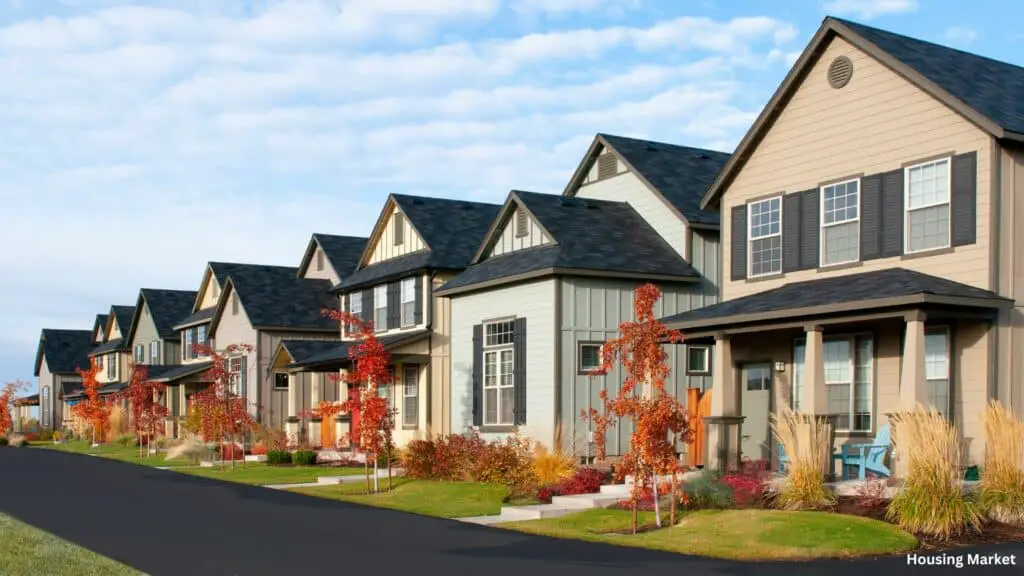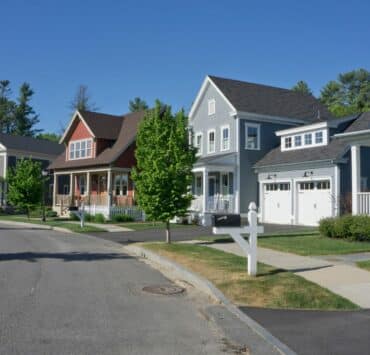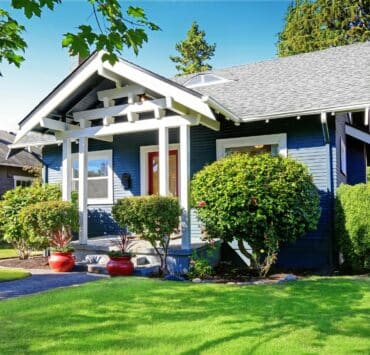In the 1970s, the United States faced a unique economic challenge known as stagflation. This period was marked by stagnant economic growth coupled with soaring inflation rates. Now, as we navigate through the complexities of today’s housing market, it seems we’re experiencing a journey back to the ’70s, where parallels to that turbulent era are becoming increasingly apparent.

Back to the ‘70s: Understanding Stagflation
Stagflation is an economic phenomenon characterized by stagnant growth, high unemployment, and rising prices. During the ’70s, it presented a formidable challenge to policymakers and economists alike. The economy seemed caught in a paradoxical trap, with traditional monetary and fiscal policies proving ineffective in combating both inflation and unemployment.
Today’s Landscape: Rising Inflation and Interest Rates
Fast forward to today, and we find ourselves grappling with similar challenges. Inflation rates are on the rise, driven by a combination of factors including supply chain disruptions, increased consumer demand, and expansive fiscal policies. This surge in inflation has led to concerns about the purchasing power of the dollar and its impact on everyday consumers.

Similarly, interest rates are climbing higher, impacting various sectors of the economy, including the housing market. Mortgage rates, in particular, have seen a noticeable uptick, making homeownership more expensive for prospective buyers. The dream of owning a home is becoming increasingly out of reach for many, echoing the struggles faced by Americans in the ’70s.
Impact on the Housing Market
The parallels between today’s housing market and that of the ’70s are striking. Just as high inflation and interest rates hindered homeownership during that era, they are once again presenting challenges for buyers and sellers alike. Affordability concerns are growing as home prices rise and mortgage rates climb higher.
In addition to affordability, market activity may also be impacted. Potential buyers may delay purchasing decisions or opt for smaller, more affordable homes. Sellers, on the other hand, may find it challenging to attract buyers in a market where affordability is a significant concern.

Adapting to Uncertain Times
While the similarities between today’s housing market and the ’70s era are concerning, it’s essential to remember that history does not always repeat itself exactly. Policymakers and economists have learned from past mistakes and have tools at their disposal to mitigate the impact of inflation and interest rate hikes.
For homeowners and prospective buyers, staying informed and proactive is key. Understanding the factors driving the housing market and being aware of potential risks can help individuals make informed decisions about their housing needs. Whether it’s exploring alternative financing options or adjusting expectations, adaptation is crucial in navigating uncertain times.

The parallels between today’s housing market and the ’70s era serve as a reminder of the cyclical nature of the economy. While challenges exist, there are also opportunities for growth and innovation. By staying informed, adaptable, and proactive, individuals can confidently navigate the current housing market landscape, feeling like they’re taking a step back to the 70s, yet armed with modern insights and strategies.
Related posts:
 Affordable Rental Provider Repays $710K to Arlington County
Affordable Rental Provider Repays $710K to Arlington County
 Decline in Home Prices: Anticipating a Shift in 2024
Decline in Home Prices: Anticipating a Shift in 2024
 Maryland Governor Legislative Agenda: Military Families, Housing, and Public Safety in 2024
Maryland Governor Legislative Agenda: Military Families, Housing, and Public Safety in 2024
 Nashville’s Zoning Bills for Middle-Income Housing Spark Contentious Debate
Nashville’s Zoning Bills for Middle-Income Housing Spark Contentious Debate
 New York’s Affordable Housing: Innovative Solutions Without Tax Hikes
New York’s Affordable Housing: Innovative Solutions Without Tax Hikes



